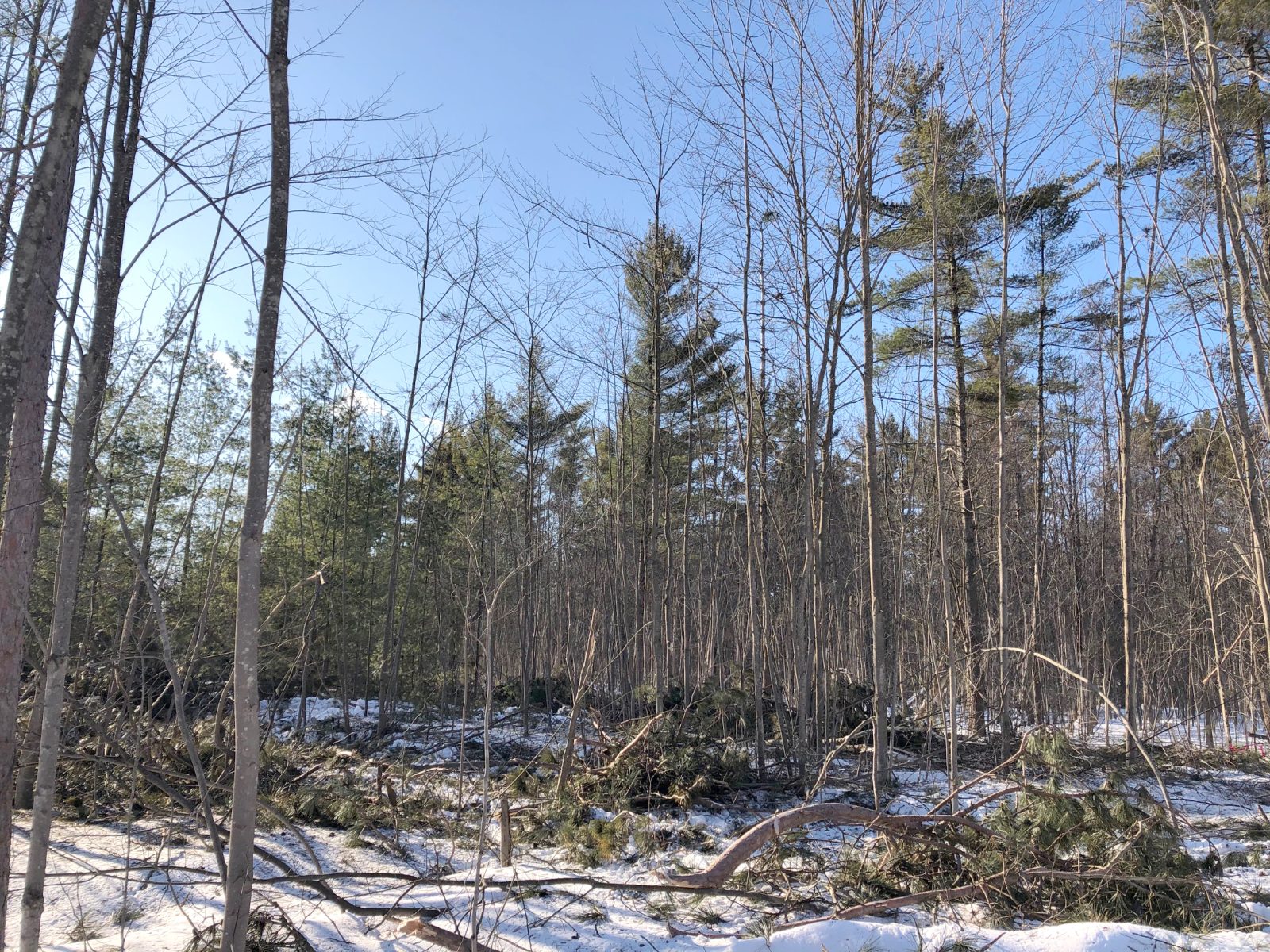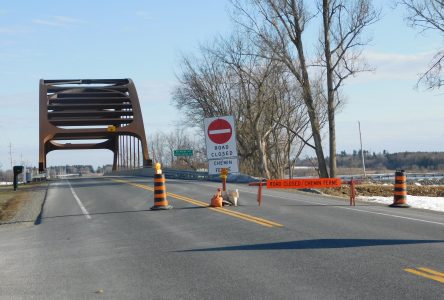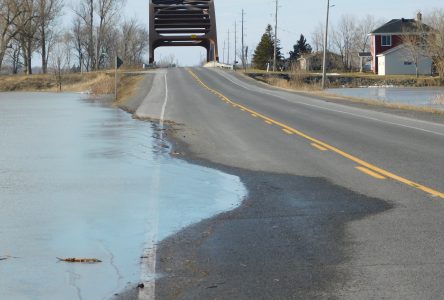“We are having issues here and at other sites,” said Steven Hunter, a forester for the United Counties of Prescott and Russell’s planning and forestry department (UCPR). “And we’re not the only ones in Ontario having to deal with this.”
The problem, Hunter said, is that Armillaria root rot and heterobasidium annosum, two diseases that affect the roots of red pines and some other coniferous species, have begun to make their presence felt in the grounds of the community forest. Indications are the diseases became established at least a decade ago, but their impact on the Larose Forest profile is starting to become apparent now.



